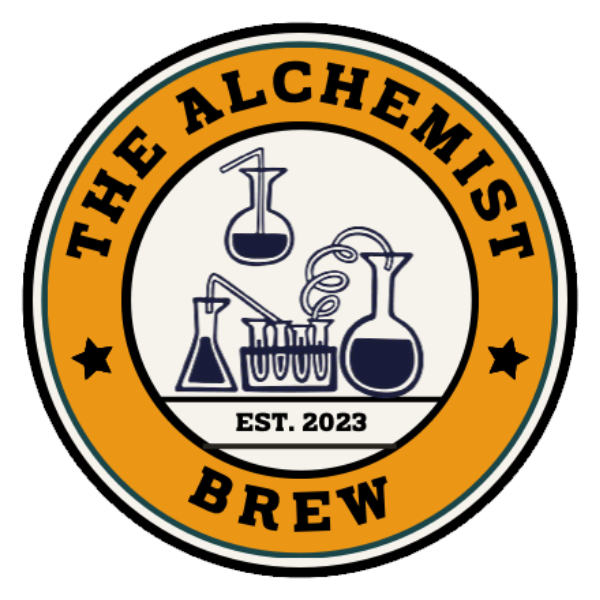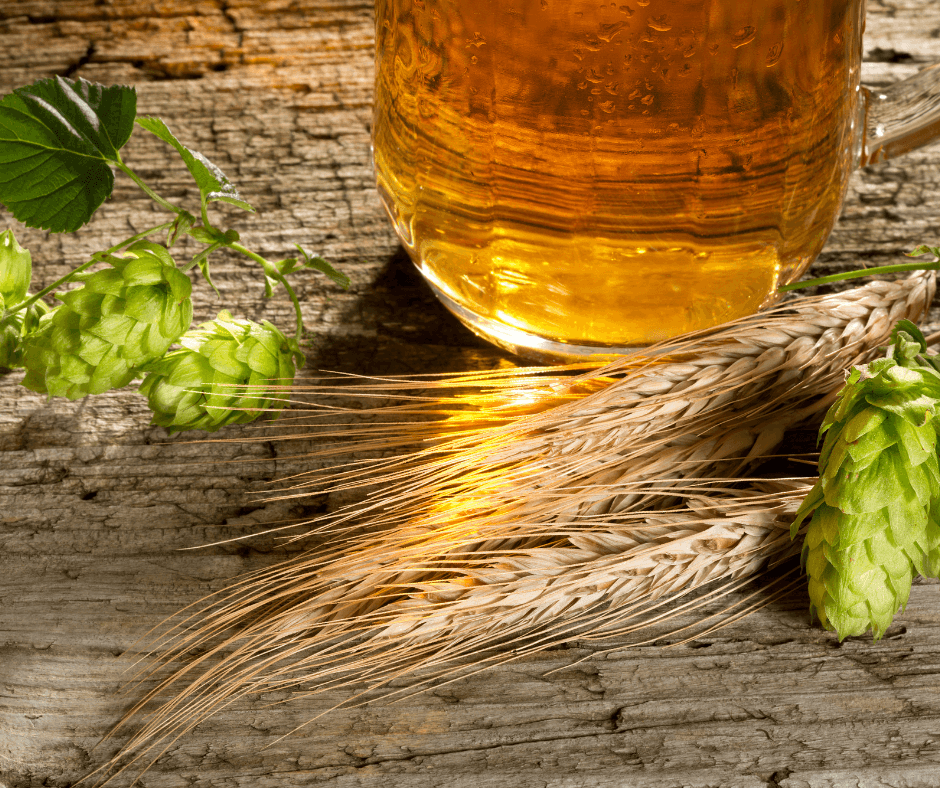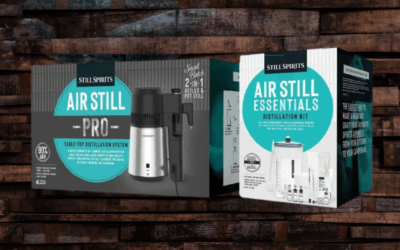In the world of homebrewing, the use of hops is a critical aspect of creating unique and flavourful beers. Hops are the flowers, or cones, of the hop plant (Humulus lupulus) and are primarily used to add bitterness, flavour, and aroma to beer. These versatile botanical ingredients come in a wide array of varieties, each with its distinct characteristics. Understanding the diverse types of hops and when and how to use them during the brewing process is essential for homebrewers looking to craft exceptional beers. In this blog, we will explore the various hop varieties, their flavours, and how to use them effectively in your homebrewed creations.
The Role of Hops in Brewing
Before delving into the various hop varieties, let us first understand the fundamental roles hops play in the brewing process:
Bitterness: Hops are primarily used for their bittering properties, which help balance the sweetness of malted barley. The alpha acids in hops are responsible for this bitterness. The higher the alpha acid content, the more bitter the hops.
Flavour: Hops impart a wide range of flavours to beer, from citrusy and fruity notes to herbal and earthy tones. These flavours are influenced by the hop variety and when they are added to the brew.
Aroma: Hops contribute to the beer’s aroma, creating a pleasing bouquet that enhances the overall drinking experience. Different hop varieties offer distinct aromas, such as floral, piney, or spicy notes.
Now, let us explore the various hop varieties and how to use them effectively in your homebrewing journey.
Hop Varieties and Their Characteristics
Cascade Hops:
Flavour: Known for their floral and citrusy notes, Cascade hops are a popular choice for a wide range of beer styles, including American Pale Ales and IPAs.
Aroma: Cascade hops provide a pleasant, floral aroma with hints of grapefruit.
Usage: Typically used as both aroma and flavour hops in the later stages of the boil. They can also be used for dry hopping to enhance aroma.
Centennial Hops:
Flavour: Centennial hops are often described as having a well-balanced, slightly floral, and citrusy flavour.
Aroma: Their aroma is floral and slightly spicy, making them an excellent choice for adding complexity to your beer.
Usage: Use Centennial hops in various stages of brewing, such as bittering, flavour, and aroma additions.
Simcoe Hops:
Flavour: Simcoe hops offer a unique combination of earthy, piney, and fruity flavours, making them perfect for adding complexity to your beer.
Aroma: These hops contribute a complex aroma profile with hints of pine, citrus, and berry.
Usage: Simcoe hops are versatile and can be used for bittering, flavour, and aroma, depending on your desired outcome.
Citra Hops:
Flavour: Citra hops are renowned for their intense tropical fruit and citrus flavours, making them a favourite choice for hazy and fruity IPAs.
Aroma: They provide an explosive aroma of tropical fruits, citrus, and even some floral notes.
Usage: Typically used as aroma hops and added late in the boil or during dry hopping to maximize their flavour and aroma contributions.
Saaz Hops:
Flavour: Saaz hops are traditional in Pilsners and lagers, known for their mild, earthy, and herbal flavours.
Aroma: They offer a subtle, pleasant aroma with delicate spice and earthy notes.
Usage: Primarily used for aroma additions and are often added near the end of the boil to preserve their delicate flavours.
Amarillo Hops:
Flavour: Amarillo hops deliver a unique blend of floral, tropical, and citrus flavours.
Aroma: Their aroma is characterized by orange, tangerine, and floral notes, making them an excellent choice for adding a fruity aroma.
Usage: These hops are often used as aroma hops and can be added late in the boil or during dry hopping for maximum impact.
Utilizing Hops in the Brewing Process
Now that we have explored a selection of popular hop varieties and their flavour profiles, let us discuss when and how to use hops during the brewing process.
Bittering Hops: These hops are typically added early in the boil to extract their alpha acids for bitterness. The longer they boil, the more bitterness they impart. The choice of bittering hops depends on the beer style, as high-alpha acid hops are preferred for bittering in many IPAs.
Flavour Hops: Flavour hops are added later in the boil, usually within the last 15-30 minutes. This allows them to contribute more to the beer’s taste without overwhelming it with bitterness.
Aroma Hops: Aroma hops are used at the end of the boil or during dry hopping, which occurs after the boil and during fermentation. Dry hopping is particularly effective at enhancing a beer’s aroma without adding significant bitterness.
Dry Hopping: To dry hop, simply add hops to your fermenter after the initial vigorous fermentation has subsided, typically during secondary fermentation. This allows the hops to infuse the beer with their aroma and flavour without any significant additional bitterness.
Balancing Your Hop Additions
Finding the right balance of hop additions is crucial to creating a well-rounded beer. The hop schedule, including when and how much to add, should align with your beer style and personal taste preferences.
For a balanced beer, you may want to use a combination of bittering, flavour, and aroma hops.
For hop-forward styles like IPAs, consider using a higher quantity of aroma hops or adding them multiple times during the brewing process.
To emphasize malt sweetness, use fewer hops in the initial stages of the boil and focus on aroma additions to maintain a delicate bitterness.
Hop Combinations and Beer Styles
One of the joys of homebrewing is experimenting with different hop combinations to create unique beer profiles. Here are some hop combinations that work well with specific beer styles:
American Pale Ale (APA): A classic combination is to use Cascade and Centennial hops for a balanced, citrusy, and slightly piney flavour and aroma.
India Pale Ale (IPA): The sky’s the limit when it comes to hop combinations for IPAs. Simcoe, Citra, and Amarillo hops are often used for hazy, tropical IPAs, while more traditional IPAs may incorporate Cascade, Centennial, and Chinook.
Pilsner: Saaz hops are the traditional choice for Pilsners, contributing their signature mild, earthy, and herbal flavours.
Wheat Beer: For wheat beers, consider using light and fruity hops like Hallertau or Tettnang to complement the wheat’s natural sweetness.
Stout: Some stouts benefit from a touch of hops to balance their rich maltiness. English-style stouts may use East Kent Goldings or Fuggle hops for a subtle bitterness and aroma.
Happy brewing!




